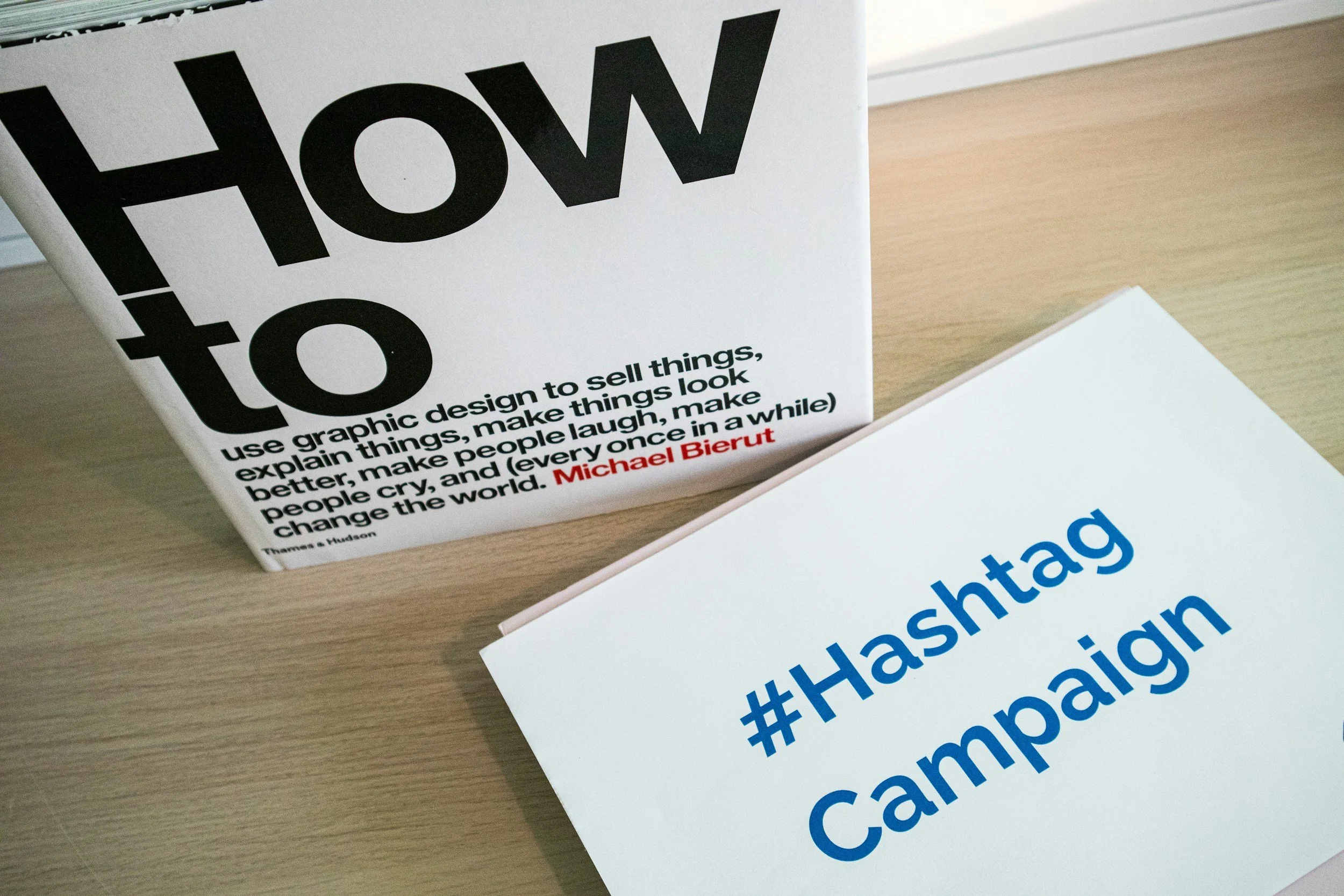The Death of the Hashtag? How Social Discovery Really Works in 2025
Remember when hashtags were the magic formula for reach? Drop “#SmallBusiness” or “#MotivationMonday” and suddenly your post reached thousands. In 2025, that world is gone.
Algorithms have shifted. Discovery on platforms like Instagram, TikTok, LinkedIn, and even Facebook is no longer driven by hashtags alone, it’s powered by AI, user behavior, and search optimization.
So does this mean hashtags are dead? Not exactly. But the way social discovery works has completely changed.
Why Hashtags Have Faded
There are three big reasons hashtags don’t carry the same weight in 2025:
AI Feeds Run the Show
- Platforms like TikTok and Instagram prioritize recommended content based on engagement history, not tags. The algorithm knows what you want before you do.Search Has Evolved
- Social search functions now mimic Google. People type full questions (“best pizza in Altoona”) instead of scanning hashtags. Keyword-rich captions, alt text, and titles matter more.Over-Saturation
- With billions of hashtags floating around, generic ones like #love or #marketing don’t help you stand out. They bury your content in endless noise.
How Discovery Really Works in 2025
If hashtags aren’t the driver, what is? Here’s where small businesses should focus:
Keywords in Captions: Writing like your audience searches (“affordable roofing tips” vs. “#roofinglife”).
Video SEO: Adding text overlays, descriptive titles, and captions that match what people might type in search.
Alt Text & Metadata: Platforms now index alt text and even read on-screen text for relevance.
Engagement Signals: Saves, shares, and comments are the strongest ranking factors. Hashtags don’t create these, content quality does.
Community Interaction: Replying to comments and joining niche conversations signals activity that boosts visibility.
Should Small Businesses Ditch Hashtags Entirely?
Not quite. Hashtags can still:
Help with niche categorization (#EbensburgEats, #FiberInstallationTips).
Support campaign branding (#LyvOnLocation).
Serve as community markers for events, contests, or local engagement.
But the days of copy-pasting 30 hashtags for “reach” are over. In 2025, hashtags are seasoning, not the whole recipe.
What to Do Instead
Here’s the discovery playbook small businesses should lean into now:
Optimize for Search: Use natural keywords in captions, headings, and video text.
Lean Into Trends: AI-driven feeds reward content that aligns with trending audio, formats, and conversations.
Prioritize Watchability: The algorithm cares more about whether people finish your reel than what hashtags you used.
Go Local & Specific: A single location-based keyword outperforms 20 generic hashtags.
Track Analytics: Watch impressions from “explore” or “search” instead of obsessing over hashtag performance.
Takeaway: Stop Chasing Hashtags, Start Building Discovery
The hashtag isn’t truly dead, but its power has faded. In 2025, discovery is about search, behavior, and authenticity. Small businesses win not by stuffing hashtags, but by creating content that audiences engage with, save, and share.
At Lyv Marketing, we help businesses move past outdated tactics and into strategies that drive real visibility in today’s algorithms.







